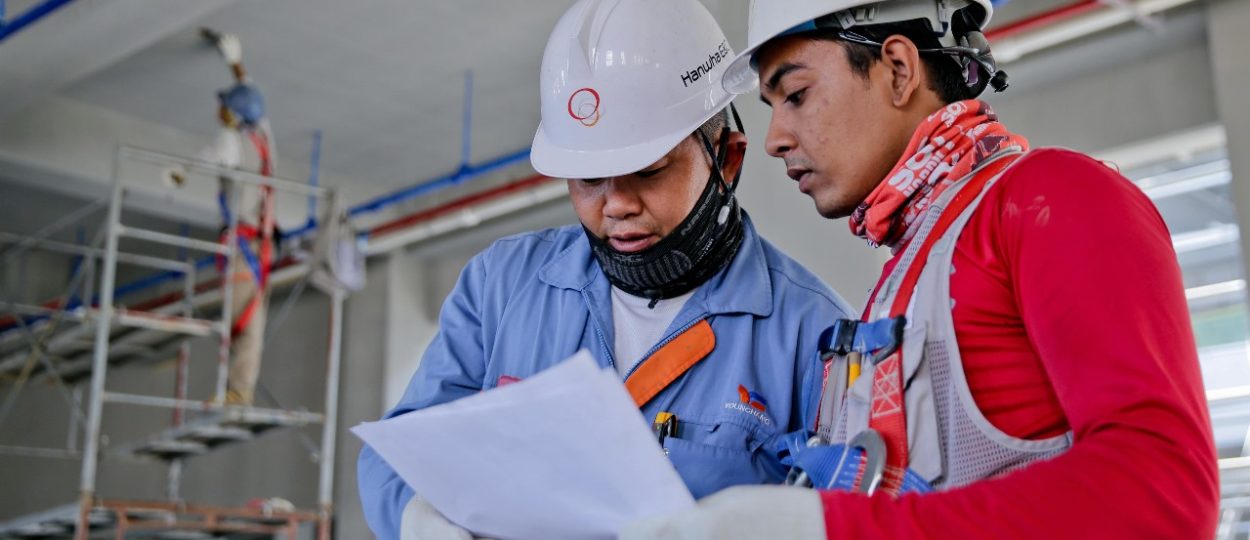
How to Integrate Arduino into Construction Training
Integrating arduino technology into construction training offers a unique opportunity to enhance hands-on learning and improve skill development in the industry. At Associated Builders & Contractors Inc., we recognize the value of combining modern electronics with traditional construction techniques. This article explores practical ways to incorporate arduino into construction education, maximizing engagement and technical proficiency.
Understanding Arduino in Construction Training
What is Arduino?
Arduino is an open-source electronics platform based on easy-to-use hardware and software. It allows users to create interactive electronic projects by programming microcontrollers. Its affordability and flexibility make it ideal for educational purposes, including construction training programs.
Why Use Arduino in Construction?
Construction increasingly relies on automation and smart technologies. Integrating arduino into training helps learners understand sensors, controls, and automation systems that are transforming job sites. This foundation supports innovation, safety, and efficiency in real-world construction environments.
Benefits of Arduino Integration in Construction Training
Enhances Practical Learning
Using arduino allows trainees to build real devices, such as sensor-based safety alarms or automated material handling systems. This hands-on experience reinforces theoretical knowledge and encourages problem-solving skills.
Fosters Innovation
By experimenting with arduino, students develop creative solutions to common construction challenges, including energy management, equipment monitoring, and structural testing.
Improves Technical Skills
Arduino projects teach programming, circuit design, and data analysis, essential skills as construction becomes more technology-driven.
How to Integrate Arduino into Construction Training Programs
Step 1: Identify Relevant Construction Applications
Select construction scenarios where arduino can add value, such as:
- Monitoring structural integrity using sensors
- Automating lighting and HVAC systems on job sites
- Safety devices like proximity alerts or gas detectors
Step 2: Design Curriculum Modules Around Arduino
Develop lesson plans that combine traditional construction topics with arduino projects. For example, a module on electrical systems could include building simple control circuits using arduino.
Step 3: Provide Hands-On Workshops
Facilitate workshops where trainees assemble and program arduino devices. This practical engagement boosts confidence and understanding.
Step 4: Incorporate Real-World Projects
Encourage trainees to design and implement arduino solutions for actual construction challenges. This approach bridges classroom learning and job site applications.
Step 5: Assess and Iterate
Regularly evaluate trainees’ progress and project outcomes. Use feedback to improve training methods and expand arduino applications.
Tools and Resources for Arduino Integration
Arduino Starter Kits
Affordable kits containing microcontrollers, sensors, and components help beginners quickly get started with arduino projects.
Online Tutorials and Communities
Leverage the vast array of online resources, including official Arduino tutorials, forums, and instructional videos tailored to construction applications.
Software Platforms
Use user-friendly programming environments like Arduino IDE to simplify coding for trainees.
Overcoming Challenges in Arduino Integration
Addressing Skill Gaps
Some trainees may be unfamiliar with electronics or programming. Start with foundational lessons and offer additional support as needed.
Ensuring Equipment Availability
Procure sufficient arduino kits and components to facilitate hands-on training for all participants.
Maintaining Relevance
Continuously update the curriculum to reflect emerging technologies and construction trends involving arduino and automation.
Conclusion
Integrating arduino into construction training programs enhances technical skills, fosters innovation, and bridges the gap between traditional construction methods and modern automation. At Associated Builders & Contractors Inc., embracing arduino technology ensures that trainees are better equipped for the evolving demands of the construction industry. By thoughtfully designing curriculum, providing practical experiences, and leveraging available resources, organizations can successfully implement arduino to create a more skilled and forward-thinking workforce.